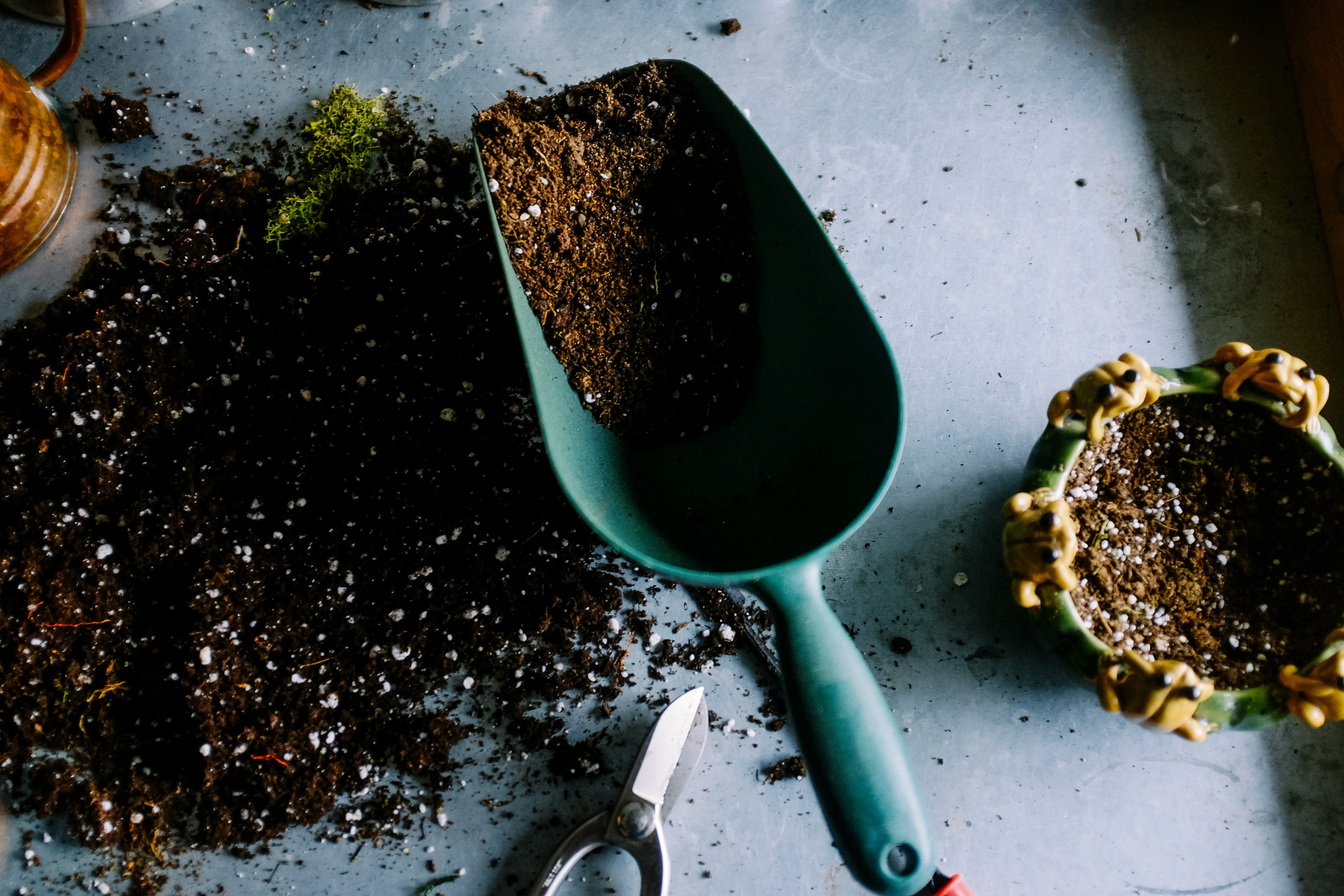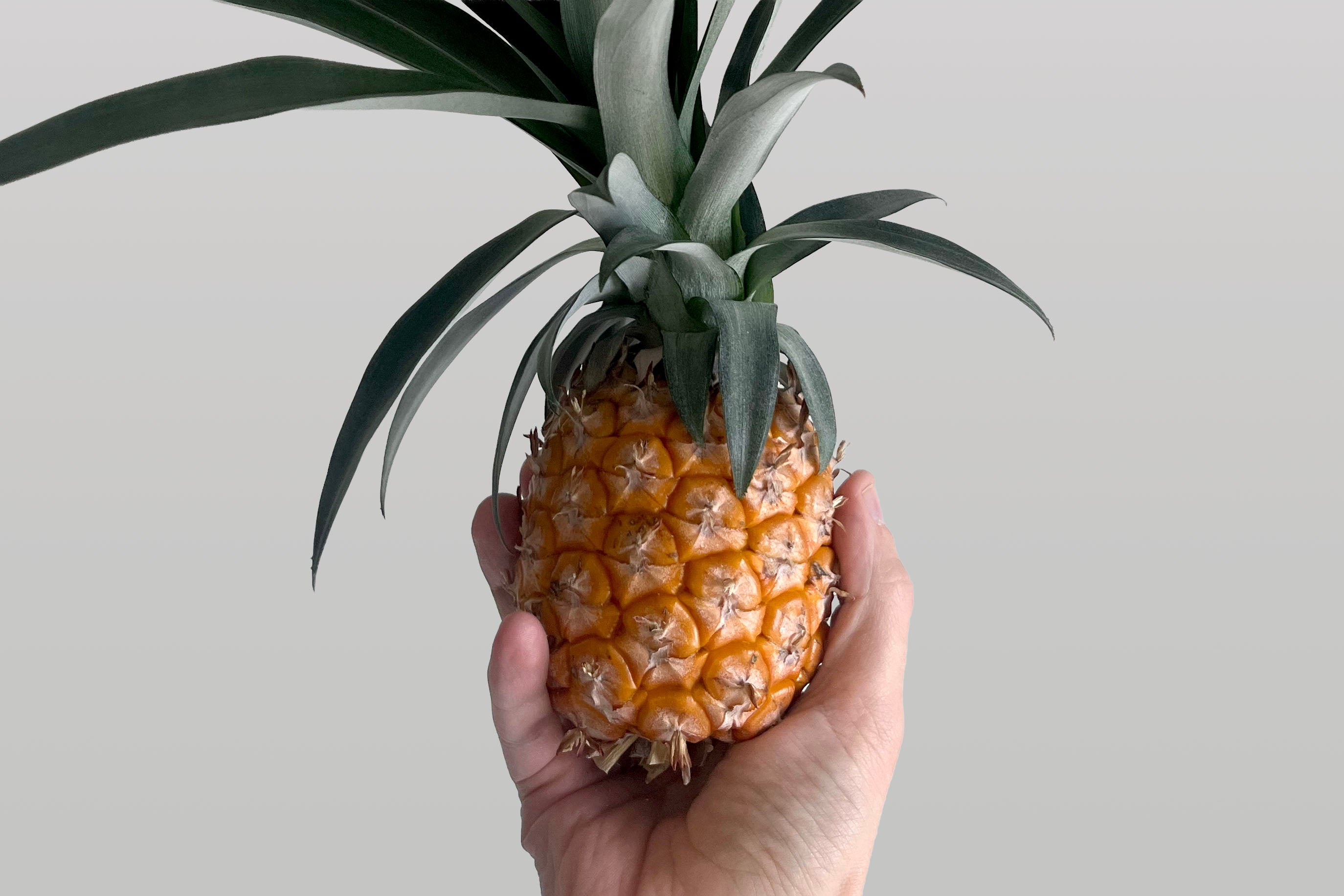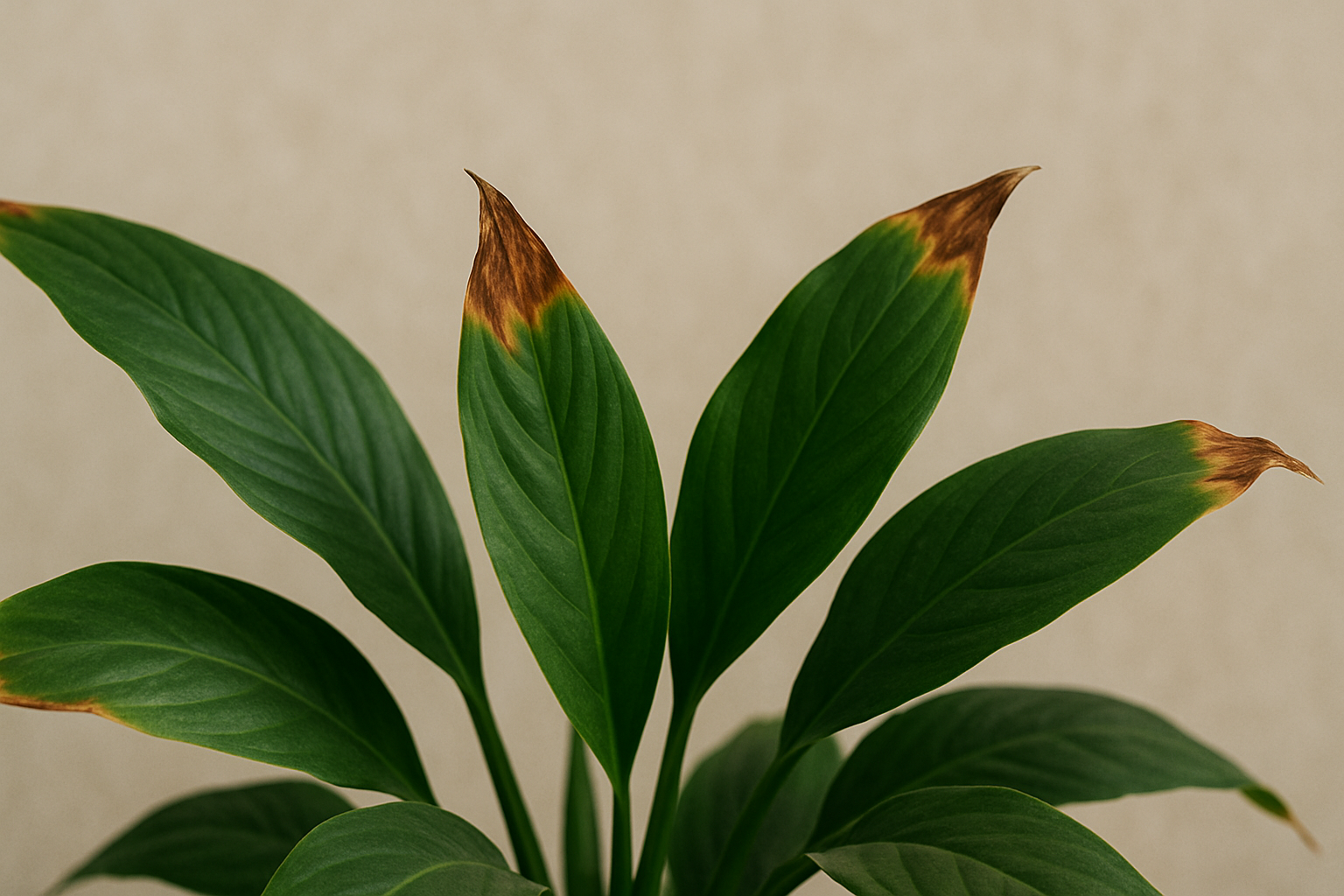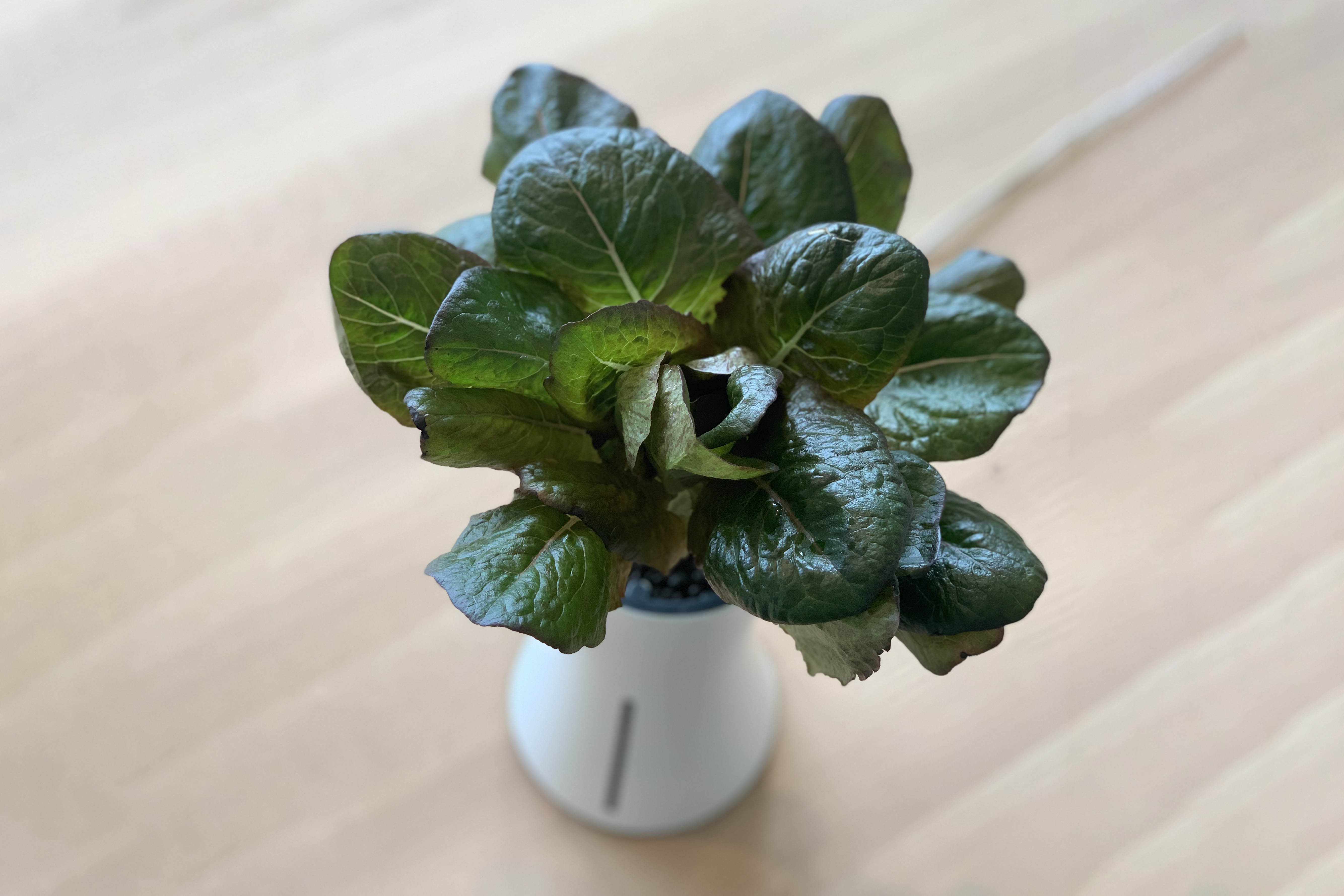5 Common Gardening Myths Debunked: Grow Smarter, Not Harder

5 Common Gardening Myths Debunked: Grow Smarter, Not Harder
As gardening enthusiasts, we've all heard our fair share of advice passed down through generations. But not all gardening wisdom stands up to scientific scrutiny. Let's dive deep into five common myths to help you grow healthier, happier plants!
Myth 1: Watering plants during sunny days burns leaves
Many gardeners swear by the rule of never watering plants in direct sunlight, fearing that water droplets act like tiny magnifying glasses, focusing sunlight and scorching leaves. This myth has been perpetuated for years, leading to unnecessary watering restrictions.
Reality:
Scientific studies have debunked this myth. Water droplets evaporate too quickly to cause any leaf damage. While it's true that watering during cooler parts of the day (early morning or evening) is more water-efficient due to reduced evaporation, you won't harm your plants by watering them when the sun is out. In fact, during heat waves, midday watering can provide heat stress relief for plants.
The real reason to avoid midday watering is water conservation and fungal disease prevention, not leaf burn. So, if your plants are wilting on a hot afternoon, don't hesitate to give them a drink!

Myth 2: Plants need soil to grow
For centuries, soil has been synonymous with plant growth. Many people believe it's impossible to grow healthy plants without good old-fashioned dirt.
Reality:
While soil is the traditional growing medium, it's far from the only option. Hydroponic systems, like Botanium, demonstrate that plants can not only survive but thrive in soilless environments. These hydroponic systems deliver nutrients directly to plant roots in a water-based solution, often resulting in faster growth, higher yields, and more efficient use of space and resources.
What are the benefits of soilless growing?
- Automatic watering
- Reduced risk of soil-borne diseases
- Conservation of water (hydroponic systems typically use 10% of the water needed for soil-based growing)
- Ability to grow plants in spaces unsuitable for traditional gardening
From NASA experiments in space to vertical farms in urban areas, soilless growing is revolutionizing how we think about plant cultivation.

Myth 3: Talking to plants helps them grow faster
Many gardeners believe that talking to plants stimulates growth and improves their health.
Reality:
While talking to plants won't hurt them, there's no scientific evidence that it directly promotes plant growth. Plants lack the necessary biological structures to "hear" in the way animals do. They don't have ears or a nervous system to process sound waves, and human speech is generally too weak to trigger their vibration sensitivity.
With that said, this myth isn't entirely without merit. When you talk to plants up close, you exhale carbon dioxide, which plants use for photosynthesis. However, this effect is minimal and localized. The real benefit of "talking" to plants often comes from the increased attention and care. Regular interaction means you're more likely to notice issues like pests or diseases early, and you may be more attentive to watering and other care needs.
Some scientific studies have shown that certain sound frequencies can influence plant growth, but these are typically not in the range of human speech.
For optimal plant care, focus on providing proper light, water, and nutrients rather than conversation. Regularly inspect your plants and create a calm environment, minimizing stress factors like extreme temperature changes or physical disturbances. If talking to your plants makes you happy and more attentive to their needs, by all means continue – just don't expect the words themselves to make a difference.
Myth 4: Adding gravel to pots improves drainage
This widespread belief suggests that placing a layer of gravel or stones at the bottom of plant pots will improve drainage and prevent waterlogging.
Reality:
Counterintuitively, adding gravel to the bottom of pots can actually worsen drainage due to a phenomenon called a "perched water table." Here's what happens:
When water moves from fine-textured potting soil into coarse-textured gravel, it doesn't continue draining. Instead, it tends to stay in the soil just above the gravel layer. This creates a saturated layer of soil that can lead to root rot and other moisture-related problems.
Do this for better drainage:
- Choose a well-draining potting mix appropriate for your plants
- Ensure your pot has adequate drainage holes
- If needed, mix perlite or coarse sand throughout the potting mix to improve overall drainage
Remember, different plants have different moisture needs. The Botanium takes the guesswork out of watering, ensuring your plants get just the right amount of moisture.

Myth 5: Coffee grounds are an ideal fertilizer for all plants
Many gardeners believe that used coffee grounds are a universal, beneficial fertilizer that can be applied directly to plants.
Reality:
While coffee grounds can benefit your garden, they are not a cure-all and require proper preparation.
Composting is essential. Raw coffee grounds should be composted before use in the garden, as fresh grounds can temporarily deplete soil nitrogen (a very important element for plant growth) and may contain growth-inhibiting compounds. Composting breaks down harmful substances and makes nutrients more available.
Proper use involves adding grounds to your compost pile, making up 10-20% of the total volume. Use the resulting compost as you would any other, as it is best for acid-loving plants like azaleas and blueberries.
While composted coffee grounds can be a valuable addition to your garden, they are not a universal solution. For precise nutrient delivery without soil complexities, consider hydroponic systems like Botanium.
By debunking these myths, we hope to empower you to make informed decisions about your gardening practices. Remember, every plant has unique needs. Our self-watering, hydroponic planter takes the guesswork out of plant care, ensuring your green friends get exactly what they need to thrive.
Happy gardening!





Leave a comment